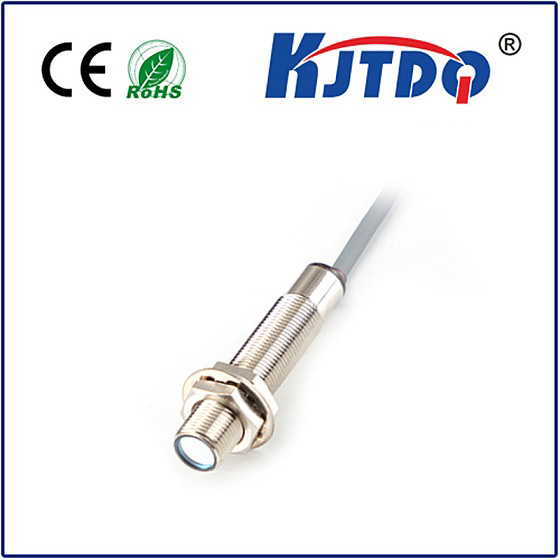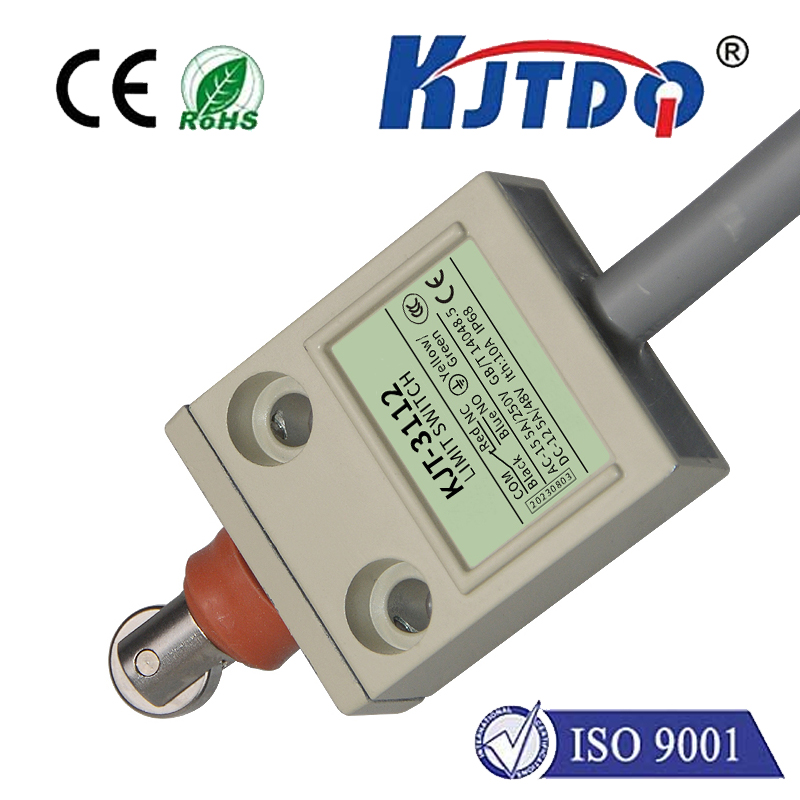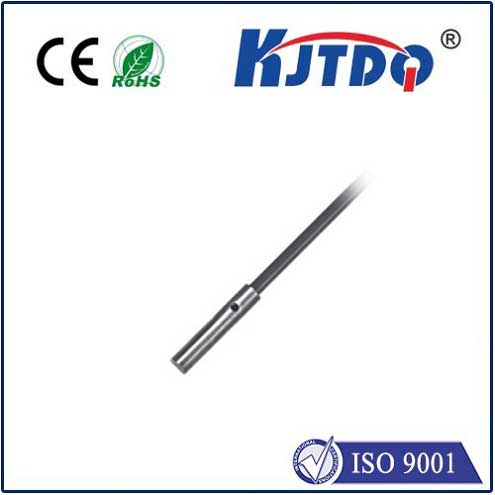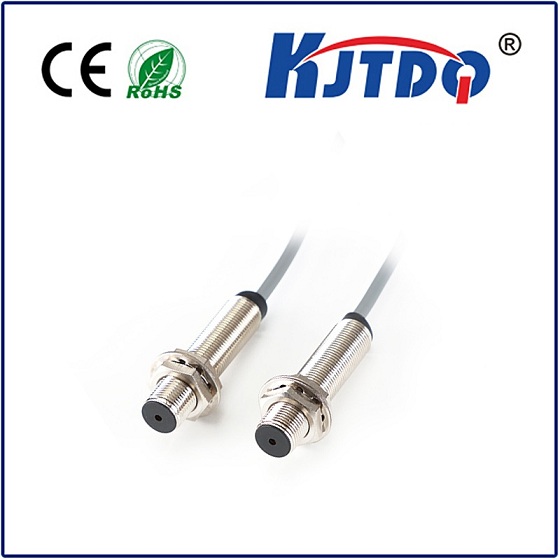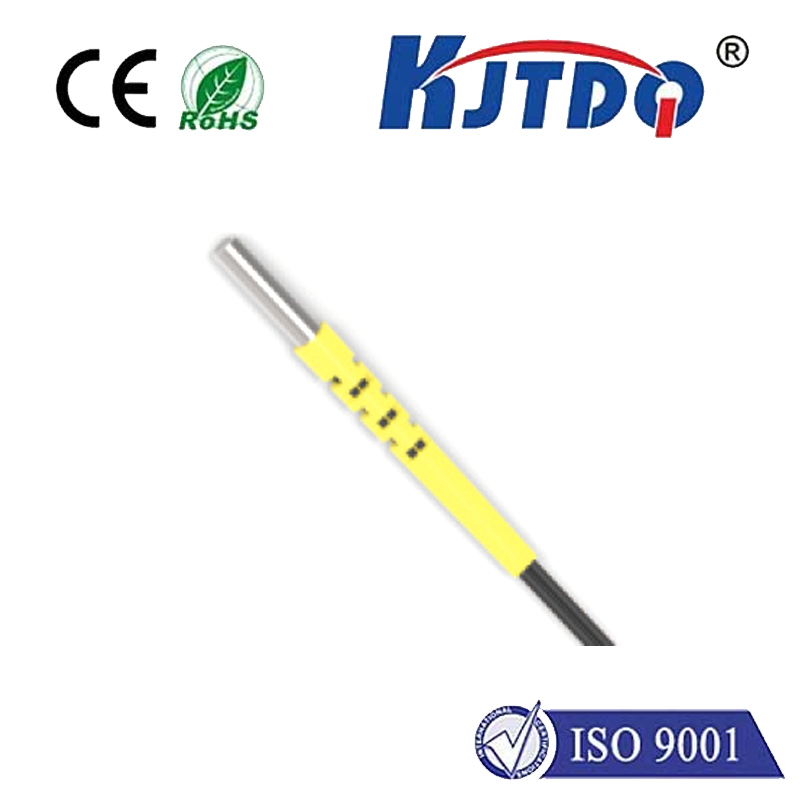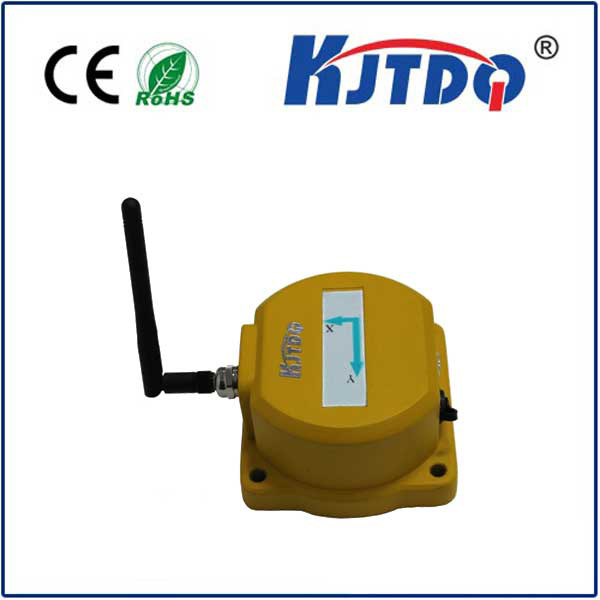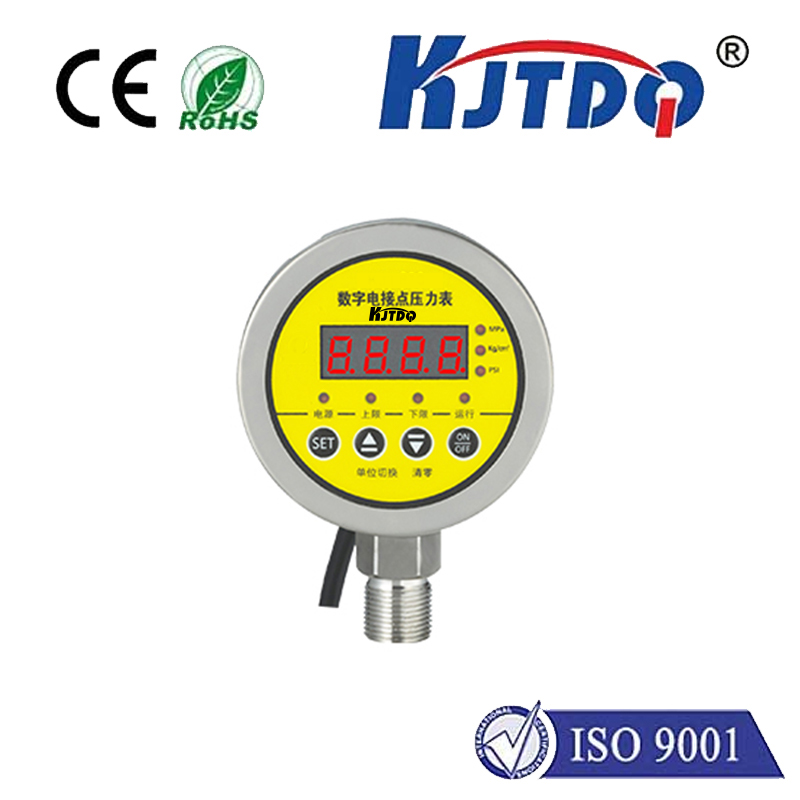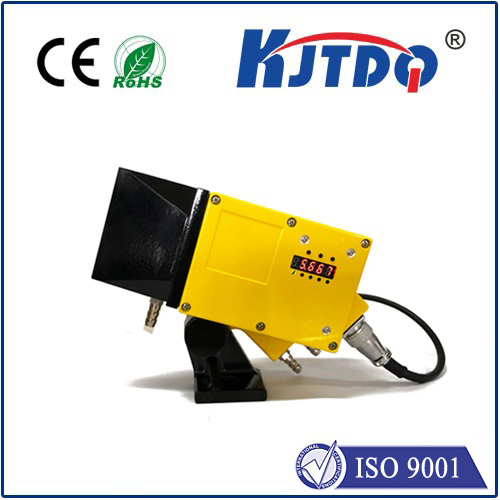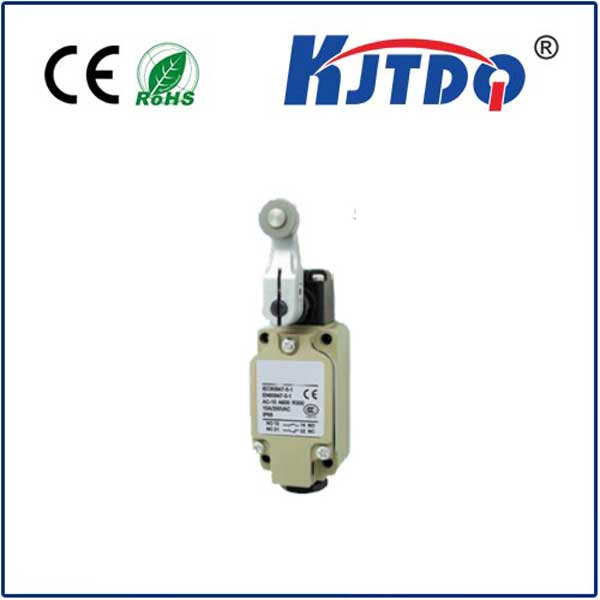

check

check

check

check
Laser Time-of-Flight Sensors: Revolutionizing the Way We Measure Distance
In today's fast-paced world, technology plays a crucial role in improving our daily lives. One such advancement that has revolutionized the way we measure distance is the laser time-of-flight (LTO) sensor. These sensors use cutting-edge technology to provide accurate distance measurements in real-time, making them an essential tool for various industries.
LTO sensors work on the principle of measuring the time it takes for a laser pulse to travel from the sensor to the target object and back. By calculating the time taken by the laser pulse to reach the object and return, the sensor can determine the distance between itself and the object with high precision. This makes LTO sensors an ideal solution for applications that require precise and reliable distance measurement.

One of the primary advantages of LTO sensors is their ability to operate in challenging environments. Unlike other types of sensors that may be affected by external factors such as dust, fog, or harsh lighting conditions, LTO sensors can provide accurate readings in these situations. This makes them particularly useful in industrial settings where accuracy and reliability are critical.
Another benefit of LTO sensors is their non-contact nature. They do not require any physical contact with the object being measured, reducing the risk of damage or contamination. This is especially important in applications such as food processing, pharmaceutical manufacturing, and semiconductor production, where maintaining cleanliness and avoiding contamination is essential.
In addition to their robustness and non-contact nature, LTO sensors also offer fast response times and high resolution. They can quickly detect changes in distance and provide instant feedback, making them well-suited for dynamic applications such as robotics, automotive systems, and motion control. The high resolution offered by LTO sensors ensures that even small variations in distance can be accurately measured, further enhancing their utility in these fields.
The integration of LTO sensors into smart devices has also opened up new possibilities for innovation. With the increasing popularity of smartphones equipped with LTO sensors, users can now enjoy features like facial recognition unlocking and augmented reality experiences that rely on accurate depth perception. As technology continues to advance, we can expect even more exciting developments in this area.
In conclusion, laser time-of-flight sensors have truly revolutionized the way we measure distance. Their ability to provide accurate readings in challenging environments, non-contact operation, fast response times, and high resolution make them an essential tool for various industries. As LTO sensors continue to evolve and improve, they will undoubtedly play an increasingly vital role in shaping our future.
